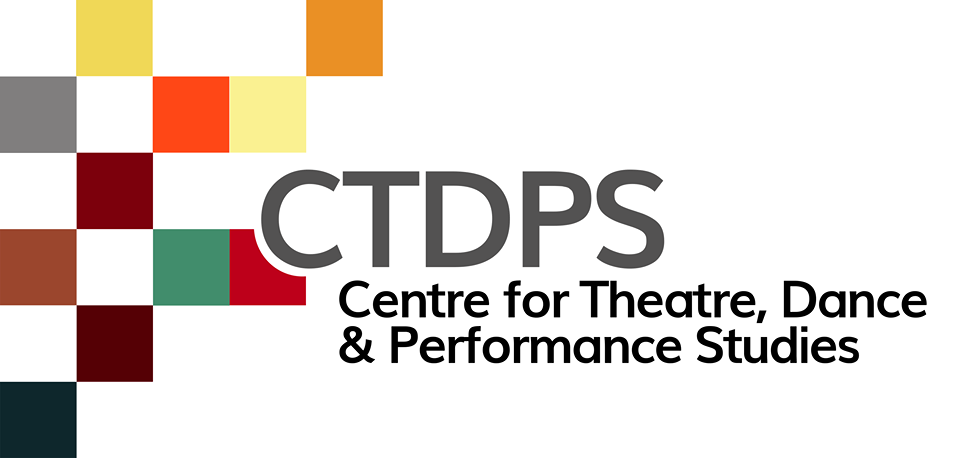The application of a translational performance method using archival material, personal narrative, mythology and somatic practices: the making of Womb of Fire
Title
The application of a translational performance method using archival material, personal narrative, mythology and somatic practices: the making of Womb of Fire
Description
The article offers a pragmatic investigation that addresses translation both as an embodied activity of recalling erased memory and as a recuperation of the dismembered post-slave/post-colonial female body. Through reflecting on an example of personal performance practice, the study employs the performer and playwright’s own post-slave/post-colonial body as the locus of intersection between the private and the political, the biological and archival/historical. The article focuses on Womb of Fire, a production that weaves the stories of three women: Draupadi from the Indian Epic, The Mahabarata, Catrijn (1631–1682), the first recorded female convict slave banished to the Dutch-occupied Cape of Good Hope, and Zara (1648–1671), a Khoikhoi woman, born in the Cape and employed as a servant from a young age. In Womb of Fire, the performer interrogates her own slave ancestry as well as her first indigenous peoples or Khoekhoen ancestry to examine the founding violence of Colonialism and it’s continuing impact on the female body. The article weaves the reflections of Rehane Abrahams, co-conceptualiser, playwright and performer of Womb of Fire, and Sara Matchett, co-conceptualiser and director of the production. The study draws from Abrahams and Matchett’s respective areas of research. Abrahams employs the archive, a syncretic spirituality and objects of cultural memory to translate and re-member an erased diasporic and Khoekhoen narrative continuity and recuperate embodied feminine agency. Matchett interrogates translation as an embodied process that explores the body as a site for generating images for purposes of performance-making. Her method of performance-making, in this context, addresses how the post-slave body practically translates the archival narratives, and in particular how these intersect with the biological/personal. Matchett interrogates the potential of breath to act as a catalyst for activating and translating memories, stories, and experiences held in the body of the performer.
Creator
Date Issued
1 April 2020
Relation
Source
keywords
Performance-making
See all items with this value
Translation in performance
See all items with this value
Fitzmaurice Voicework®
See all items with this value
Women & Performance
See all items with this value
Type
Journal Article
Language
English
Contributor
Sara Matchett
Rehane Abrahams
Publisher
doi
https://doi.org/10.1080/10137548.2020.1742780





